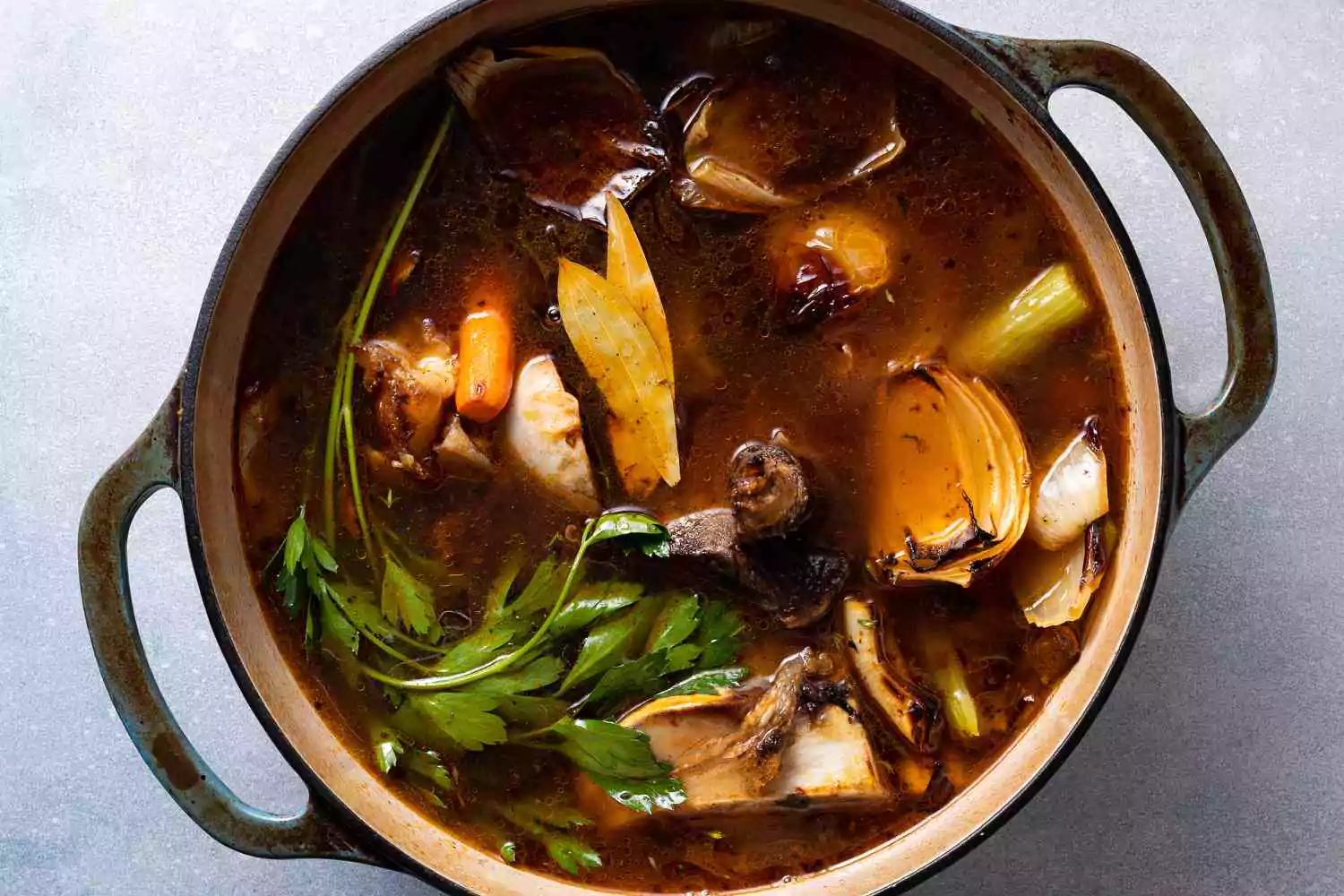
Delicious Traditional Uzbek Pilaf: 1 Pot, 1 Love!

One dish that truly captures the essence of Uzbekistan is the traditional uzbek pilaf that is served throughout the country. Food has not only always played a vital part in every civilization because it is necessary for survival but also because it represents the customs and values of the people who make up that society. A supper that satisfies the appetite and brings a sense of comfort is created when tender meat, aromatic rice, and opulent spices are combined. In this post, we will go into the history of the Traditional Uzbek Pilaf, its components, and the technique that is used to prepare it. Along the way, we will explore the cultural significance of the dish.
Origin of Uzbek Pilaf
Uzbek pilaf, which is sometimes referred to as plov or osh, is a dish that is consumed daily in Uzbekistan, a country located in Central Asia. The dish is prepared by cooking together rice, meat, onions, carrots, and other vegetables together with other spices like as cumin and coriander. Uzbek pilaf’s meteoric rise to popularity might be attributed to a variety of different factors. The first advantage is that it may function as a scrumptious and filling meal all by itself. In addition to this, it is a traditional dish at Uzbek weddings and other celebratory events.
This tradition dates back many decades. Finally, the widespread Uzbek diaspora and the increasing popularity of Central Asian cuisine have contributed to the widespread adoption of Uzbek pilaf in countries other than Uzbekistan. In Uzbekistan, the preparation of pilaf is comparable to an art form; every family has their own special blend of ingredients and techniques that they keep a well guarded secret. Pilaf Festival is an annual event that attracts thousands of visitors from all over the world to Samarkand, which is located in the country of Uzbekistan.
Key Ingredients for Traditional Uzbek Pilaf
Traditional uzbek pilaf consists mostly of rice, beef, onions, carrots, and other seasonings. The meal wouldn’t be what it is without each and every one of its components.
Basmati Rice – Pilaf often calls for the use of rice varieties with longer grains, such as basmati. This rice is perfect for cooking since it has a high starch content, which causes it to become fluffy and soft while also allowing it to absorb the tastes of the other components. Make sure to use rice of a high quality so that it can be cooked down evenly without becoming sticky.
Lamb or Beef Meat – Lamb is a common ingredient in Uzbek pilaf; however, beef or even chicken may serve as an acceptable substitute. The majority of the time, the meat is cut into cubes and then cooked until it is tender and moist. Before being combined with the rice and vegetables, the meat is given a taste that is deep and almost caramelised by browning it first.
Sliced Onions – Pilaf is traditionally made with caramelised onions, which are onions that have been cut very thinly and then cooked in oil or fat until they become brown. Because of this approach, the inherent sweetness of the onions is accentuated, and a taste foundation that is rich and robust is formed.
Carrots – The onions are cooked with thinly sliced carrots, which are used for both taste and colour. Carrots are prepared in the same manner as onions. In order to avoid the onions from becoming too mushy and losing their texture, it is common practise to wait until the caramelization process has already started before adding the onions.
Local Spices – Uzbek pilaf is traditionally flavoured with a variety of spices, including cumin, coriander, and turmeric. These spices provide a significant amount to the overall taste of the meal. Cumin, which lends a warm and earthy flavour, coriander, which lends a bright and lemony flavour, and turmeric, which lends a slightly bitter and spicy flavour, are the spices that work well to balance out the meal.
Garlic, chickpeas, and raisins are all good additions that are not required but may enhance the dish’s flavour and texture. Chickpeas offer protein and a nutty flavour, while garlic imparts a sharp, savoury note. Raisins may be used to provide a fruity sweetness and a satisfying chew. The overall distinctive and wonderful flavour of Uzbek pilaf comes from the mix of these components cooked in a certain manner. The rice is light and aromatic, the beef is soft and tasty, and the complexity of the meal comes from the veggies and spices.

Traditional Uzbek Pilaf
Recipe by Smit Modi
Course: Main Course, Lunch, Dinner / Cuisine: Uzbek / Difficulty: Moderate
Try some traditional Uzbek pilaf, a dish that will transport your taste buds to Central Asia with its rich and aromatic flavours.
Ingredients
Directions
- Make sure that the water that you use to rinse the rice is cold. The rice has to be soaked for 25-30 minutes in cool water. Oil should be heated over medium heat in a big saucepan. Toss in the lamb, and heat, tossing periodically, until browned.
- Put the onions in the saucepan and simmer over low heat, stirring regularly, until they are caramelised. To make the carrots soft, add them to the saucepan along with the garlic, cumin, coriander, and turmeric and simmer for a few minutes.
- The rice should be drained before being added to the saucepan so that it may be evenly coated with the meat and vegetable combination. Throw in some salt and pepper along with some water and get it boiling.
- Put the saucepan on low heat and cover it. Keep at a low boil for 25 minutes, or until the liquid has been absorbed and the rice is cooked.
- Once the rice is done cooking, fluff it with a fork and add the meat and vegetables. Prepare and serve hot. Bon Appetit!
Notes
- If the rice is overdone, it may quickly turn into a gummy or mushy consistency. In order to get rice that is cooked to perfection, you will need to keep a close watch on it and check on it at frequent intervals.
- Caramelising onions takes time, so please be patient. Although time-consuming, this step is crucial in achieving the dish’s desired sweet and savoury profile.
- Add plenty of flavourings. Spices like cumin, coriander, and turmeric are essential to the dish’s overall flavour, so use them liberally.
- To get the greatest possible taste and texture in the finished meal, use only the finest components, such as fresh vegetables and meat.
The traditional uzbek pilaf is both a hearty and comforting meal. Delicious meat, fragrant rice, and complex spices come together to form a dish with deep historical and cultural roots.
FAQs
-
What makes Uzbek pilaf unique?
Uzbek food has its own signature flavour thanks to the special blend of spices, juicy meat, and airy grains. The particular cultural importance of the meal is amplified by the communal nature of its service.
-
Can I make Uzbek pilaf without meat?
Although meat is necessary for the traditional recipe, it is possible to prepare a vegetarian or vegan version by substituting mushrooms or tofu for the meat in the original recipe.
-
How long does it take to make Uzbek pilaf?
Uzbek pilaf requires a lengthy cooking time for the meat and rice to let the flavours to combine, which might take many hours. The time and effort spent cooking this meal are well worth it.
-
Can I find Uzbek pilaf outside of Uzbekistan?
Restaurants and home chefs all around the globe have taken the basic concept of Uzbek pilaf and run with it, resulting in their own unique takes on the meal.
-
Is traditional Uzbek pilaf spicy?
The traditional uzbek pilaf may have varying degrees of spiciness, depending both on the recipe and the individual who is preparing it.
Conclusion
Traditional Uzbek pilaf is more than just a meal; it is a symbol of the spirit of the Uzbek people. All of your senses will be engaged by the harmonious interplay of scents, tastes, and textures. The dish’s historical importance exemplifies how food can both define us and bind us to our pasts and communities. Uzbek pilaf is a meal with a lot of history and tradition behind it, so the next time you sit down to a hot plate of it, give some thought to the people and customs that made it possible.
















